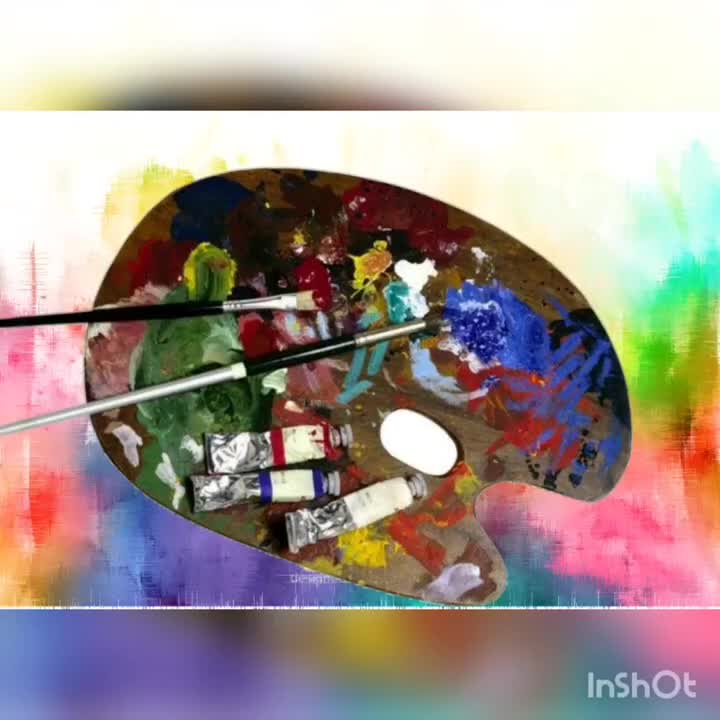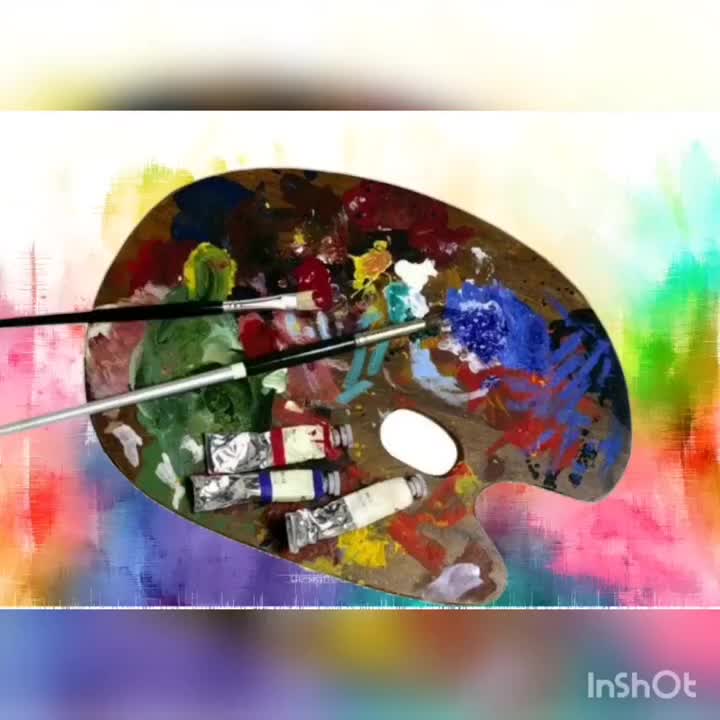Elementary > Home Economics > Crafts Videos
Handmade crafts are rare these days. Not a lot of people have a passion to make them. One big reason for this is perhaps people are now more geared towards the digital. Most hobbies are electronic, even the arts. Digital art, in fact, is gaining strong ground in the last few years. That isn’t a bad thing, though; handmade crafts are just becoming increasingly uncommon because of this trend.
Despite our advanced world, handmade crafts don’t have to die. There is still much beauty in objects made purely by human hands. It does take much effort, but if the creators do it with passion, it’s well worth it. That would even command a higher value. After all, handmade crafts take lots of time and effort to make, so it is only reasonable that they tend to be pricey.
Crafts can be both an art form and a source of income, so it’s wise to also include such topics in Home Economics class. It doesn’t have to be restricted to one craft; there are many to choose from: weaving, knitting, crocheting, origami, sculpting, and many more.
Teaching every single craft is not possible, though. Thus, teaching crafts should in Home Economics should be personalized depending on what each student likes. The idea is to encourage each one to be as creative as they possibly can, leveraging what they are good at to create something that is uniquely theirs.
On a very positive note, crafts don’t have to be 100% technology-free. Teachers can make use of 3D printers, for example, to help students create more precise designs. In this way, crafts can also be digitized for tech-savvy students. What they have to do is learn how to manipulate the 3D modeling software and how to operate the 3D printer. That way, they can still create crafts without getting their hands roughed up.









